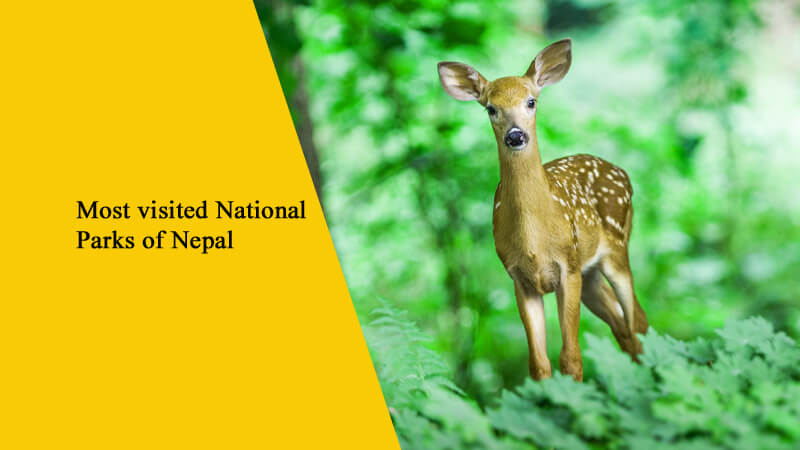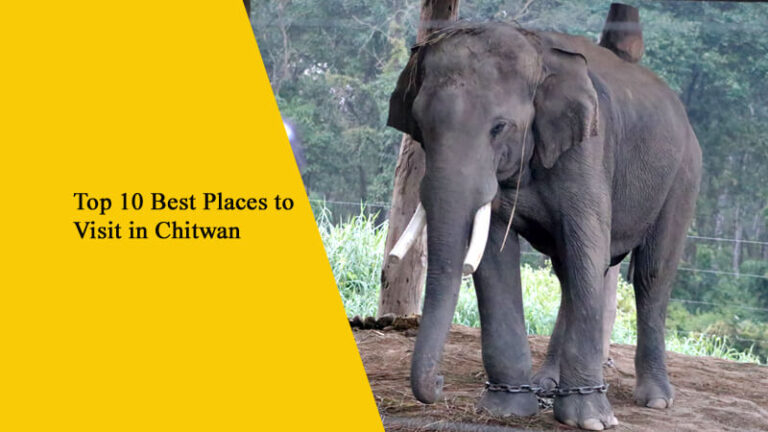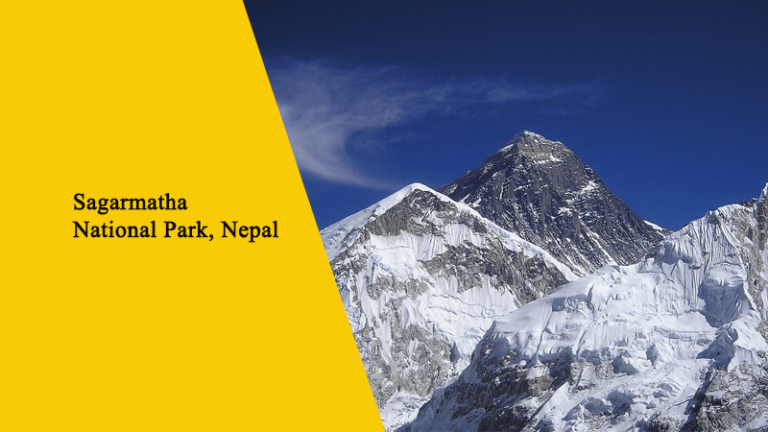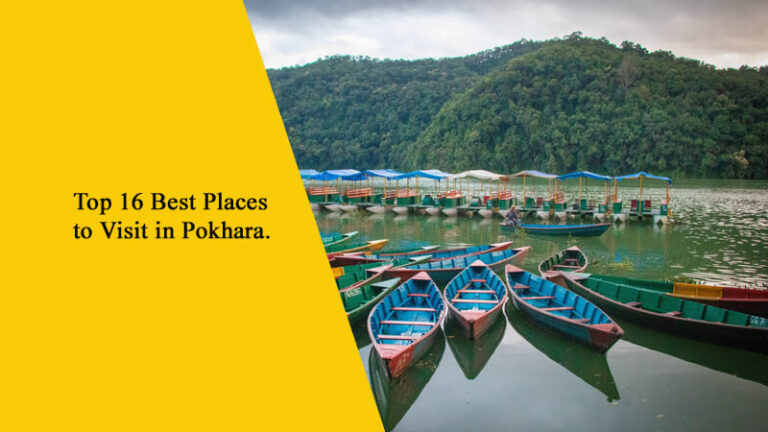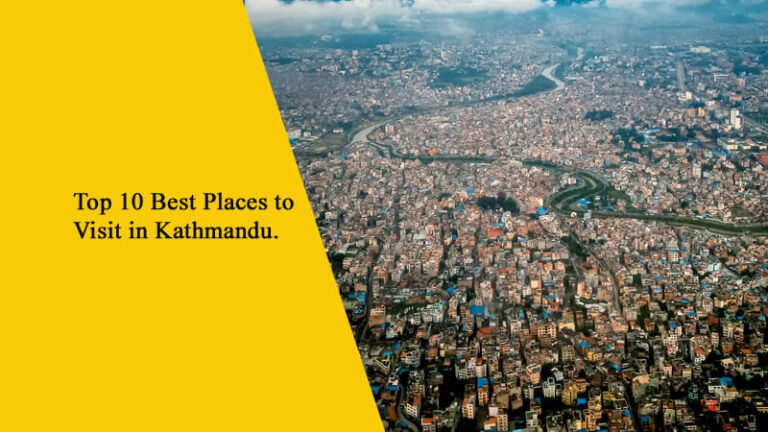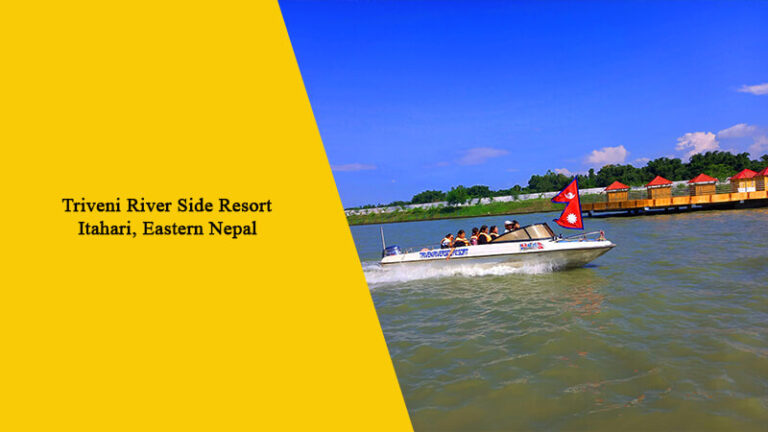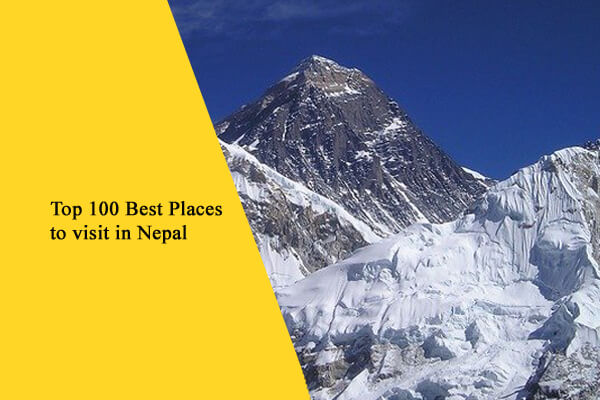Top 10 Most Visited National Parks in Nepal
Do you want to know the top 10 most visited national parks of Nepal?
The land area which is separated to conserve or protect the large species of plants and wild animal are called National parks. These parks not only protect wildlife and the natural environment but also help to conduct educational researches and field visits.
The national parks are owned and generated by national’s governments. The area of these parks gets fix boundaries. Park allow local and foreign tourists to observe the park by paying entry fees. But human activities are strictly prohibited inside the park.
In this article, we will share top 10 most visited national parks of Nepal.
The list of the national parks are:
1. Chitwan National Park
Chitwan National Park is one of the famous and most visited national parks in Nepal. This national park was established in 1973 and its total area is 952.63 sq. km. Since 1984, it counts as a World Heritage Site. It has spread in the land areas of Chitwan, Nawalpur, Parsa, and Makwanpur districts.
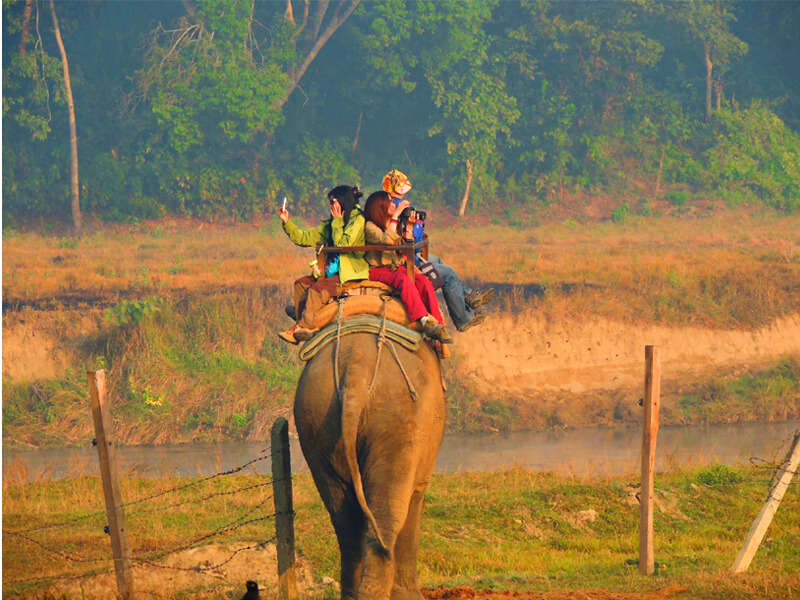
Chitwan National Park is rich in flora diversity. Dalbergia sissoo, Acacia catechu, Pinux roxburghii, Terminalia bellirica, Bauhinia vahlii, Bombax ceiba, Callicarpa macrophylla, and Saccharum spontaneum are dominant species of this national park. Mikania micrantha, a fast-growing invasive plant also grows in this park. Some actions are taking to control the growth of it.
At the same time, Chitwan National Park is famous for its fauna diversity. About 544 species of birds and 68 species of mammals live here. Bengal tiger, Gharial Crocodile, and One-horned rhinoceros are the major attraction of this park.
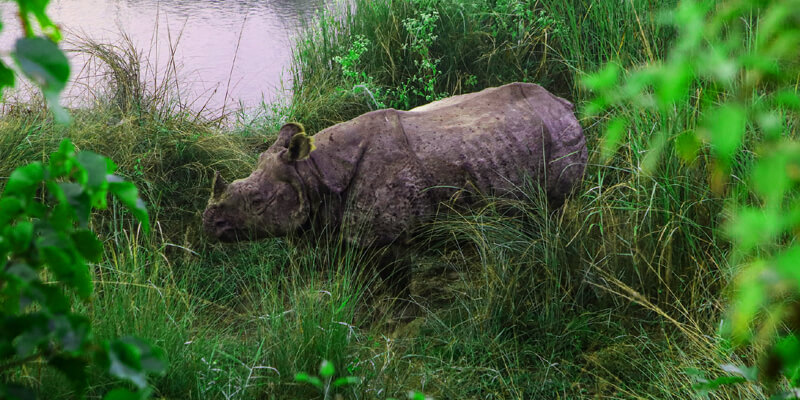
Other wild animals of this area are Indian leopards, Sloth bears, Hyenas, Jackals, Leopard cats, Hog deer, hispid hares, and Wild boars. Chitwan National Park is also home to the most beautiful birds including Gould’s sunbird, Kingfishers, Sunbird, and Bengal pittas.
The month of October to February is the best time for the visit because it offers the best climatic condition i.e. average temperature. A famous Ramsar Site, Beeshazari Tal locates inside the park. Tourists can also experience Jungle Safari inside the park.
Chitwan National Park is also famous for its educational tour. Mostly, researchers, science students, and science teachers come to complete their project works, thesis, and classwork.
So, If you are a botanist or a student of botany and planning for a field visit, Chitwan National Park can be the best choice for you.
For more detail, please click on this video:
2. Langtang National Park
Langtang National Park is the first Himalayan national park in Nepal which was established in 1976. A total area of 1710 sq. km. has covered by this park. It locates in Nuwakot, Sindhulpalchok, and Rasuwa districts.
Gosainkunda Lake is a major attraction of Langtang National Park from where we can see the spectacular view of snow-covered peaks. The month of April to May is supposed to be the best season to visit because it offers a warm and sunny day.
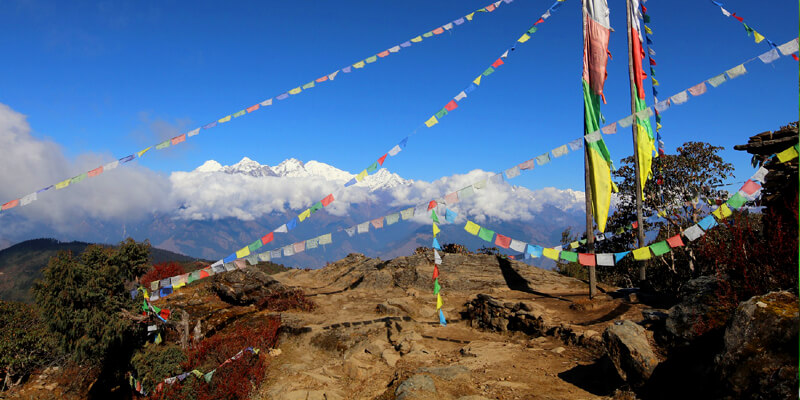
Langtang National Park is also famous for the Rhododendron which is the national flower of Nepal. We can find so many species of rhododendron here including Rhododendron arboretum, Rhododendron campanulatum, and Rhododendron lepidotum.
In the same way, Alnus nepalensis, Larix nepalensis, and Pinus roxburghii are major vegetation of this park.
Langtang National Park conserves large numbers of wild animals including Snow Leopard, Red Panda, Ghoral, Musk deer, Himalayan black bear, and Himalayan Tahr.
Every year, large numbers of local and foreign tourists visit Langtang National Park because it is the nearest Himalayan trekking spots from Kathmandu valley. Tourists can also observe the lifestyle and culture of Tamangs who are ethnic groups of Nepal.
3. Sagarmatha National Park
Sagarmatha National Park is famous national parks of Nepal that conserves so many rare wild animals such as the snow leopard, Indian leopard, and red panda. This protected area was established in 1976.
It locates in the Solu-Khumbu districts with an area of 1148 square kilometers and contains a buffer zone of 275 sq. km. Since 1979, it is a world heritage site. It lies above an altitude of 3000 meters. Gokyo Lakes is another attraction of this park. March-May is the best months to visit this park.
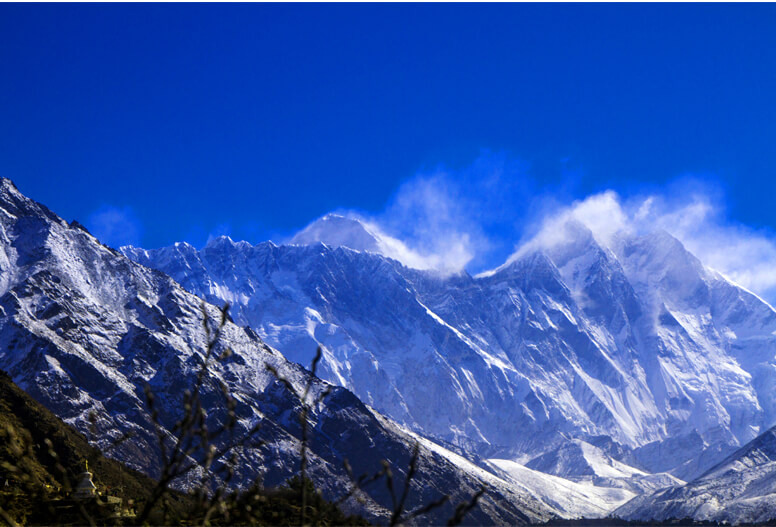
Sagarmatha National Park is rich in flora diversity. Himalayan birch, juniper, fir, lichen, moss, and rhododendrons are dominant species of this area. It is also home to so many beautiful birds like Himalayan monal and snowcock.
If you want to learn and observe the culture, language, and lifestyle of Sherpa, then the Sagarmatha National Park area can be the best choice. It is also the best place for a Himalayan trek.
4. Rara National Park
Rara National Park was established in 1976 which is another famous national park in Nepal. It covers an area of 106 sq. km. and lies in Mugu and Jumla districts. Among national parks, it is the smallest one.
An oval-shaped Rara Lake is a major attraction of this park. It is one of the biggest lakes in Nepal. This freshwater lake has surrounded by greenery hills and mountains. The lake is a habitat for large numbers of water birds including red-crested pochards, grebes, and great-crested.
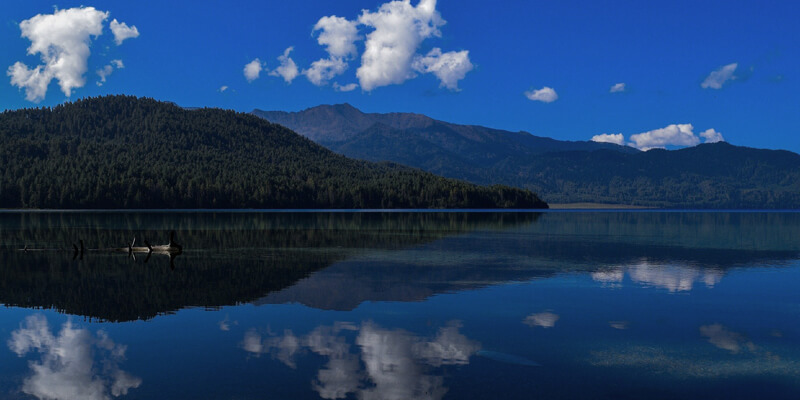
Rara National Park lies above an altitude of 2990 meters. Summer is the best season to visit this park because it offers a pleasant climate during summer.
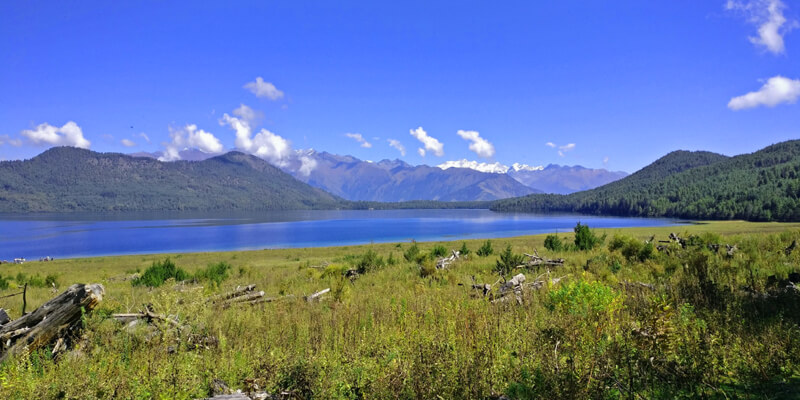
Rara National Park is rich in flora and fauna diversity. Black juniper, blue pine, oak, fir, and rhododendron are dominant species of this area. Similarly, Leopard, bear, red panda, and Himalayan tahr are major wild animals.
There is a good transpiration service.
5. Shey Phokhsundo National Park
In 1984 AD, Shey Phokhsundo National Park was established and it is the largest national park in Nepal. It lies in the Dolpa and Mugu districts of the country with an area of 3555 sq. km.
The park is a habitat for verities of plants and animals. Among them, dominant plant species are juniper, silver fir, salix, blue pine, and rhododendron.
In the same way, goral, jackal, yellow-throated marten, bear, and leopard are common wild animals live in this area. It is also home to more than 200 species of birds including tit and rosefinch.
Shey Phokhsundo National Park locates at an altitude of 6000 meters. Phoksundo Lake is the deepest Lake in Nepal, and it is a major attraction in this park. The lake has surrounded by beautiful high mountains.
There are also some monasteries inside the park. In this place, agriculture is the main occupation of the villagers. They grow potatoes, mustard, beans, barley, etc.
April to November is the best month to visit this place. You can easily reach here either on-air or road transportation.
6. Khaptad National Park
Khaptad National Park is one of the top 10 national parks in Nepal which lies at Bajura, Bajhang, Doti, and Accham districts in far- western region of Nepal.
In 1984 AD, it was established and it includes an area of 225 square kilometers and a buffer zone of 216 sq. km. The Silgarhi Bazaar of Doti districts is the main gateway to Khaptad.
Khaptad National Park is rich in flora and fauna diversity. Fir, oak, rhododendron, and chir pine are dominant plant species of this place. It also conserves more than 200 species of medicinal herbs. So this park is known as the “living garden of herbs”
In the same way, this park is homes to about 287 species of birds including vulture, bulbuls, peregrine, and impeyan pheasant.
Inside the Khaptad National Park, there is an ashram of Khaptad Baba where people worship Lord Shiva in the month of July to August during the full moon.
Spring and autumn offer pleasant weather, so those seasons are the best to visit this park. Khaptad National Park also offers a splendid view of Api and Saipal mountains. At the same time, the park is famous for bird watching.
7. Bardia National Park
Bardia National Park is another famous national park of Nepal which was established in 1976. It covers an area of 968 sq. km and contains a buffer zone of 507 sq. km. It locates in the Tarai region in western Nepal. Tourists can experience jeep safari and elephant rides in the park.
Bardia National Park conserves large numbers of wild animals, birds, and plants. Royal Bengal Tiger, swamp deer, wild elephant, and One-horned rhinoceros are endangered animals live within this park.
Riverine forest is the major forest type in Bardia National Park and it is home to so many birds including little pratincole, peafowl, egrets, and herons.
Karnali River is the major attraction in the park which is the longest river in the country. Here, we can observe Dolphins and gharials. This river is also famous for fishing and rafting.
The park offers a hot climate during summer, so the winter season is the best time to visit.
If you are planning to visit the Bardia National Park, then don’t worry about transportation services. Because flight and bus services are easily available here.
8. Makalu Barun National Park
Makalu Barun National Park is one of the top 10 national parks of Nepal which locates in Solukhumbu and Sankhuwasabha districts in the Himalayan regions of the country. It was established in 1992 and covers an area of 1,500 sq. km. It is only one national park that lies at the highest altitude range.
If you are a zoologist or zoology student and planning for a field visit, then Makalu Barun National Park will be the best choice because it conserves about 440 species of birds and 88 species of mammals.
Leopard, barking deer, red panda, Hanuman langur, Himalayan serow, and spotted linsang are the most common wild animals recorded in the park.
Similarly, common bird species are white-naped yuhina, Blyth’s kingfisher, spiny babbler, and sultan tit. At the same time, about 47 species of orchids, 15 varieties of oaks, and 25 species of rhododendron are found in this area.
February to April is supposed to be the best season to visit this park.
9. Shivapuri Nagarjun National Park
Shivapuri Nagarjun National Park is one of the nearest national parks from Kathmandu valley which was established in 2002 AD. This park extends to Kathmandu, Dhading, Sindhupalchowk, and Nuwakot districts with an area of 159 square kilometers. A strong stone and brick wall have been built around the park. It lies at an altitude of 2732 meters.
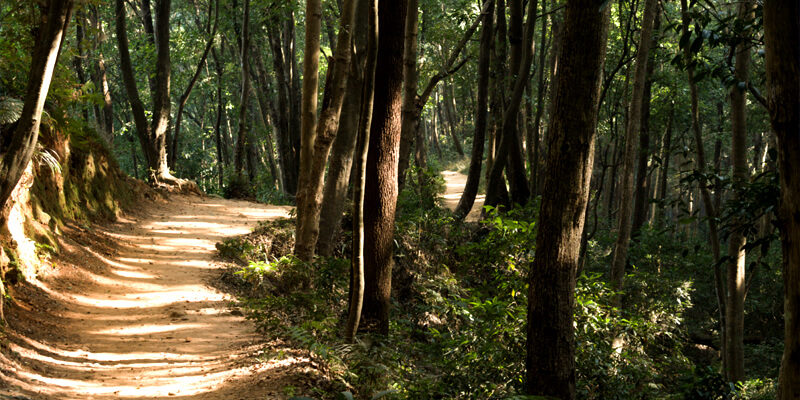
In Nepal, Shivapuri Nagarjun National Park is famous as a hiking spot. There are small waterfalls, dense forests, and other religious and historical places. So it gets large numbers of local and foreign tourists every day.
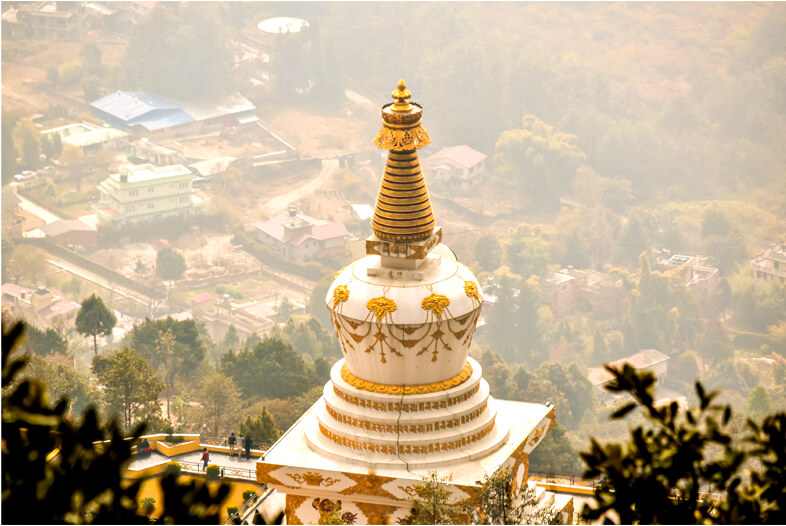
This park conserves so many wild animals including Himalayan goral, Indian leopard, Hanuman langur, Chinese pangolin, and porcupine, etc. Similarly oak, alder, laurel, and Engelhardia are dominant plant species of the park.
If you are planning for short (one day) hiking, then visit this park. You can easily reach here either by trekking or by vehicle because it lies only about 11 kilometers away from Kathmandu valley.
Its main gate locates just north of Budhanilkantha where a famous meditation center lies. From the top of the hill, we can enjoy the splendid view of Manaslu and Ganesh Himal.
October and February are the best months to visit this park. For more detail, please click on this video :
10. Banke National Park
Banke National Park is one of the most visited national parks in Nepal. It locates in the mid-western region of the country. It was established on 12th July 2010. This national park has extended over Banke, Salyan, and Dang districts with a buffer zone of 343 sq. km.
Banke National Park conserves about 124 species of plants and 34 mammals. Among them, sal and Khair are common plant species, and tiger and ruddy mongoose are common animal species. It also protects 300 species of birds including giant hornbill and Bengal florican.
In summer, the park offers a hot climate. The autumn and winter season is the best time to visit this park. Bird watching, boating, cycling, and jungle safari are the most attractive things to do in Banke National Park. There are good transportation and homestay services too.
We hope this article helped you to find the top 10 most visited national parks of Nepal.
If you liked this article, then please stay connected to us on Facebook and Twitter.

